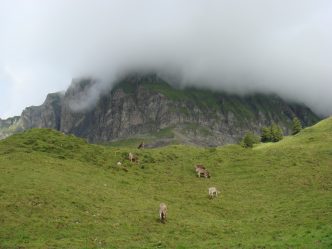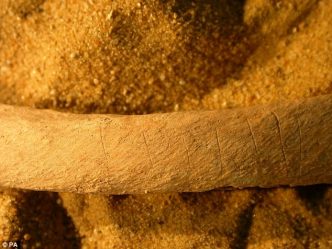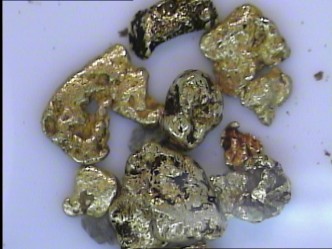
Earliest cave paintings were made by Neanderthals, Southampton scientists discover
Scientists have found the first major evidence that Neanderthals made cave paintings, indicating they may have had an artistic sense similar to our own. A new study led by the University of Southampton and the Max Planck Institute for Evolutionary Anthropology shows that paintings in three caves in Spain were created more than 64,000 years ago – 20,000 years before …




